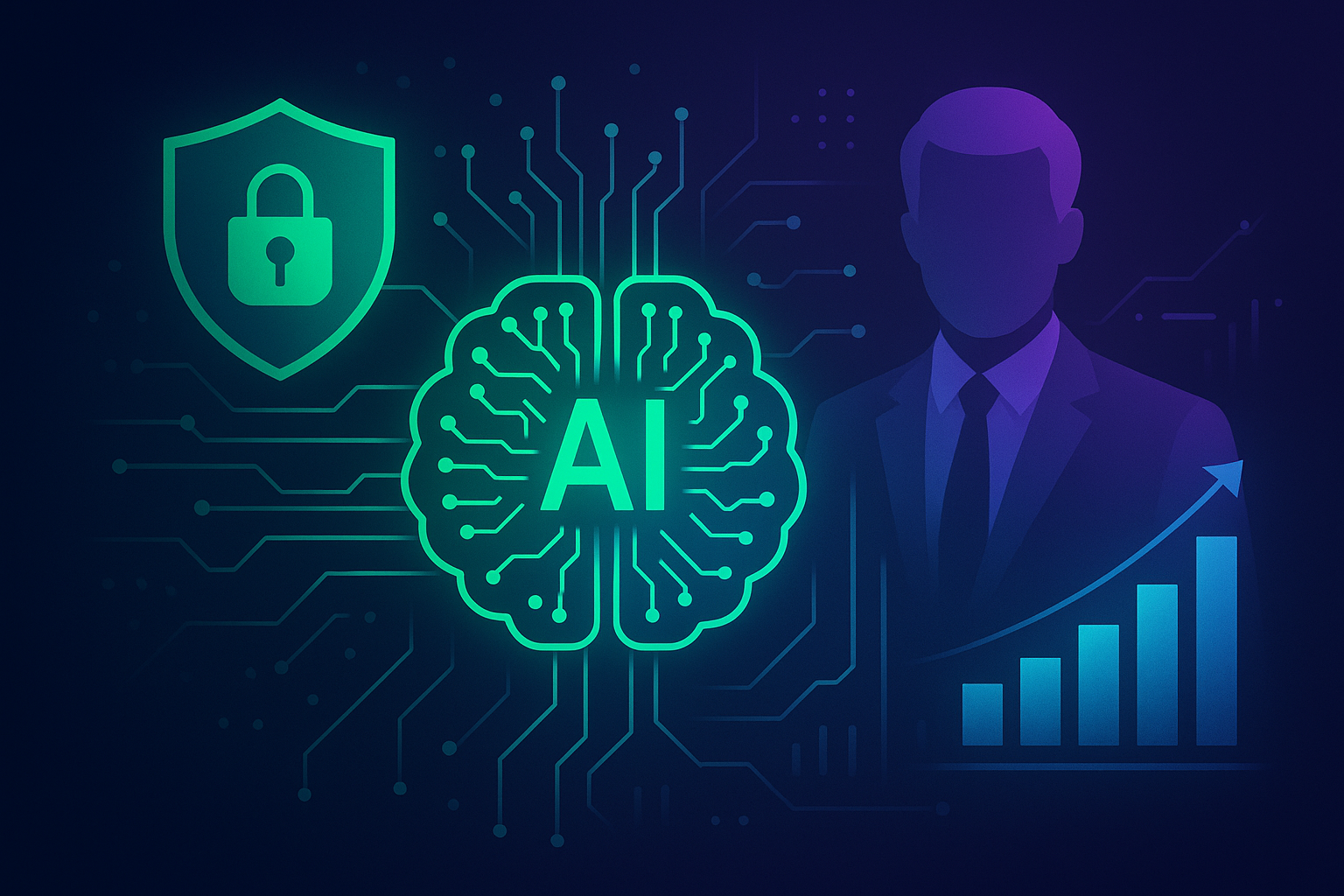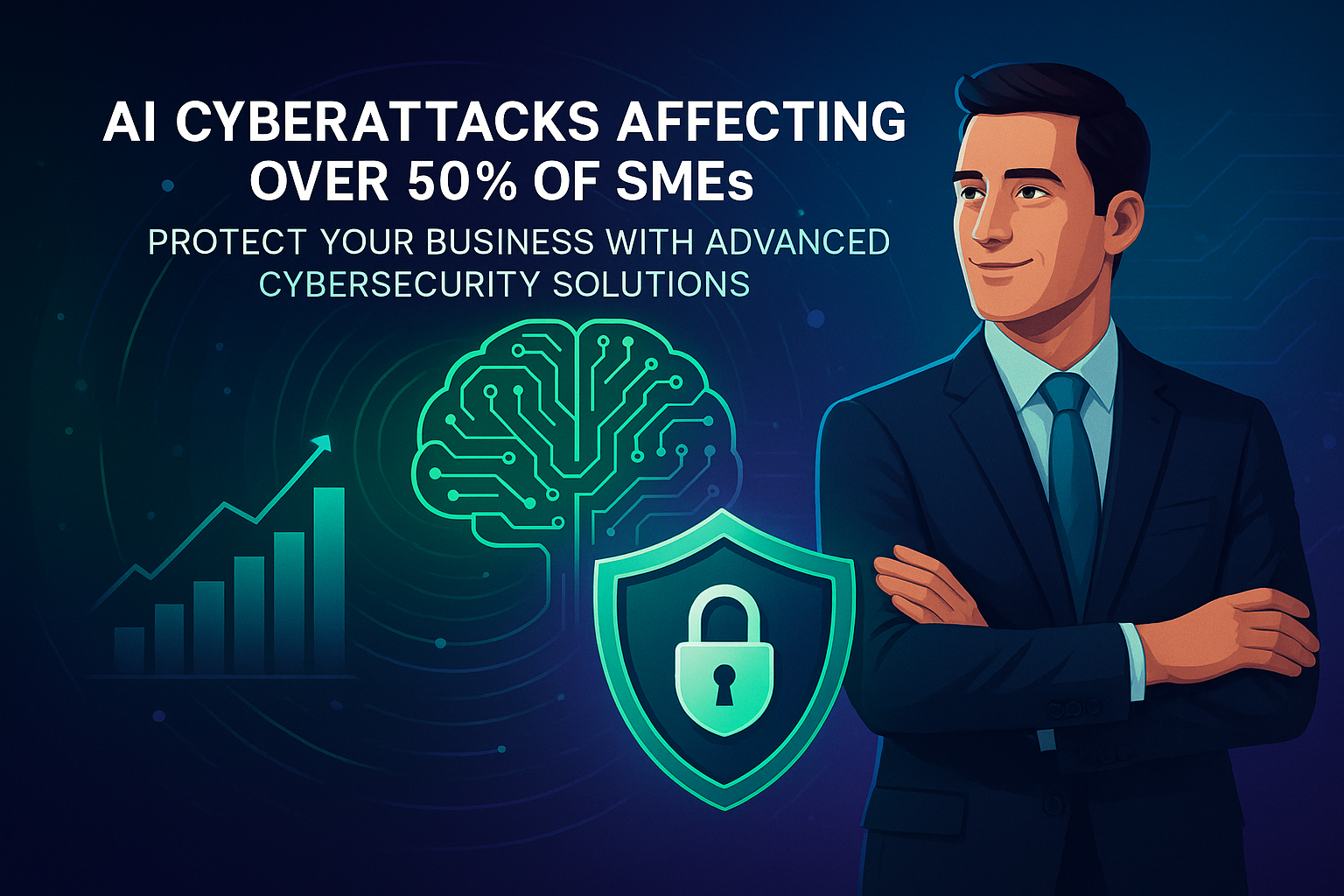Understanding the Threat of Cybersquatting Using Generative AI Keywords
In an ever-changing digital landscape, cyber threats continue to evolve, growing more sophisticated and challenging to combat. One of the latest menaces targeting businesses globally is cybersquatting using generative AI (GenAI) keywords. This article delves into this emerging threat, providing a comprehensive understanding for businesses and individuals alike. We will contrast the details with various reliable sources to deliver a rich, informative piece, while also linking to pertinent services offered by Hodeitek.
What is Cybersquatting?
Cybersquatting, also known as domain squatting, occurs when individuals register domain names identical or similar to well-known trademarks, brands, or company names. These malicious actors aim to take advantage of the reputation of established entities to deceive consumers, often selling the domains at inflated prices or using them to launch phishing attacks.
The Rise of Generative AI in Cybersquatting
According to Unit 42 by Palo Alto Networks, a recent investigation has unveiled a new trend where cybersquatters leverage Generative AI keywords to enhance their deceptive practices. With the rise of AI-generated content, cybersquatters are increasingly using AI-generated domain names to trick users and evade traditional detection methods.
How it Works
Generative AI can produce human-like text, which cybersquatters exploit to create plausible and enticing domain names. These domains often mimic legitimate sites, making it easier to conduct phishing attacks or distribute malware. The sophistication of AI-generated text enables these domains to pass undetected by conventional security mechanisms, posing a significant threat to businesses and individuals alike.
Impacts on Businesses
The implications of cybersquatting using Generative AI are profound. Such domains can erode consumer trust, lead to significant financial losses, and damage the reputation of established brands. Moreover, businesses may find themselves in legal battles to reclaim their rightful domain names, incurring further costs and resource allocation.
How to Protect Against Cybersquatting
Businesses must adopt robust cybersecurity measures to safeguard against cybersquatting and other related threats. Hodeitek offers a range of services that can bolster your defenses against these sophisticated attacks.
EDR, XDR, and MDR
Hodeitek’s EDR, XDR, and MDR services provide comprehensive endpoint detection and response, extended detection and response, and managed detection and response solutions. These services are paramount in detecting unusual activities and responding swiftly to potential threats.
- EDR (Endpoint Detection and Response): Focuses on endpoints, providing real-time monitoring and threat detection.
- XDR (Extended Detection and Response): Offers a holistic view by integrating multiple security solutions.
- MDR (Managed Detection and Response): Provides expert management and oversight of the security environment.
Next Generation Firewall (NGFW)
The Next Generation Firewall provided by Hodeitek offers advanced threat protection and deep inspection capabilities. This firewall can block access to known malicious domains, offering an additional layer of security against cybersquatting attacks.
Vulnerability Management as a Service (VMaaS)
Proactively identifying and mitigating vulnerabilities is crucial. Hodeitek’s Vulnerability Management as a Service (VMaaS) helps you manage and remediate vulnerabilities before they can be exploited by cybersquatters or other malicious actors.
SOC as a Service (SOCaaS) 24×7
The SOC as a Service (SOCaaS) 24×7 ensures continuous monitoring, detection, and response to threats. An always-on security operation center can catch and mitigate threats in real-time, providing an essential defense against cybersquatting activities.
Industrial SOC as a Service (SOCaaS) 24×7
The Industrial SOC as a Service (SOCaaS) 24×7 caters specifically to industrial applications, offering tailored monitoring and threat mitigation strategies. This service is particularly relevant for businesses in sectors like manufacturing and critical infrastructure where targeted attacks can have devastating effects.
Cyber Threat Intelligence (CTI)
Leveraging Cyber Threat Intelligence (CTI) is vital for staying ahead of emerging threats. Hodeitek’s CTI service provides you with actionable insights and threat intelligence to preemptively counter cybersquatting and other sophisticated cyber attacks.
Data Loss Prevention (DLP)
Protecting sensitive data from unauthorized access and exfiltration is essential. Hodeitek’s Data Loss Prevention (DLP) solutions help safeguard your intellectual property and sensitive information, mitigating the risk of data breaches related to cybersquatting incidents.
Web Application Firewall (WAF)
Finally, Web Application Firewalls (WAF) provide robust protection for your online services. Hodeitek’s WAF solutions can shield your website from cyber threats and attacks such as those launched through cybersquatting techniques.
Case Studies and Real-World Examples
Recent cases highlight the growing threat that cybersquatting poses to businesses. For instance, a well-known retail company found itself the victim of a phishing scam after a cybersquatter created a very similar domain name using Generative AI. The fraudulent site mimicked the legitimate retailer’s website, capturing customer credentials and fraudulently billing unsuspecting clients.
Another example involves a government entity that discovered several AI-generated domains resembling official portals. These were used to distribute malware to visitors, leading to significant operational disruptions and potential breaches of sensitive data.
The Role of Legislation and Policy
Addressing cybersquatting requires a multifaceted approach, including stringent technological defenses and robust legal frameworks. Legislation such as the Anti-Cybersquatting Consumer Protection Act (ACPA) in the US, and similar laws in the EU, provide avenues for businesses to reclaim unlawfully registered domains and seek damages. However, the rapidly evolving nature of Generative AI calls for continuous updates and adaptations to existing policies to effectively counter these advanced threats.
Conclusion
Cybersquatting using Generative AI keywords represents a significant and evolving threat to businesses and individuals worldwide. Staying ahead requires comprehensive cybersecurity strategies that incorporate state-of-the-art solutions, such as those offered by Hodeitek. For a deeper dive into how we can help protect your business, explore our cybersecurity services.
Safeguarding your digital assets against cybersquatting and other cyber threats necessitates a proactive and layered approach to security. Invest in robust solutions like EDR, XDR, MDR, NGFW, VMaaS, SOCaaS, CTI, DLP, and WAF to fortify your defenses. Don’t wait until it’s too late — contact us today to learn how Hodeitek can secure your business against emerging cyber threats.






